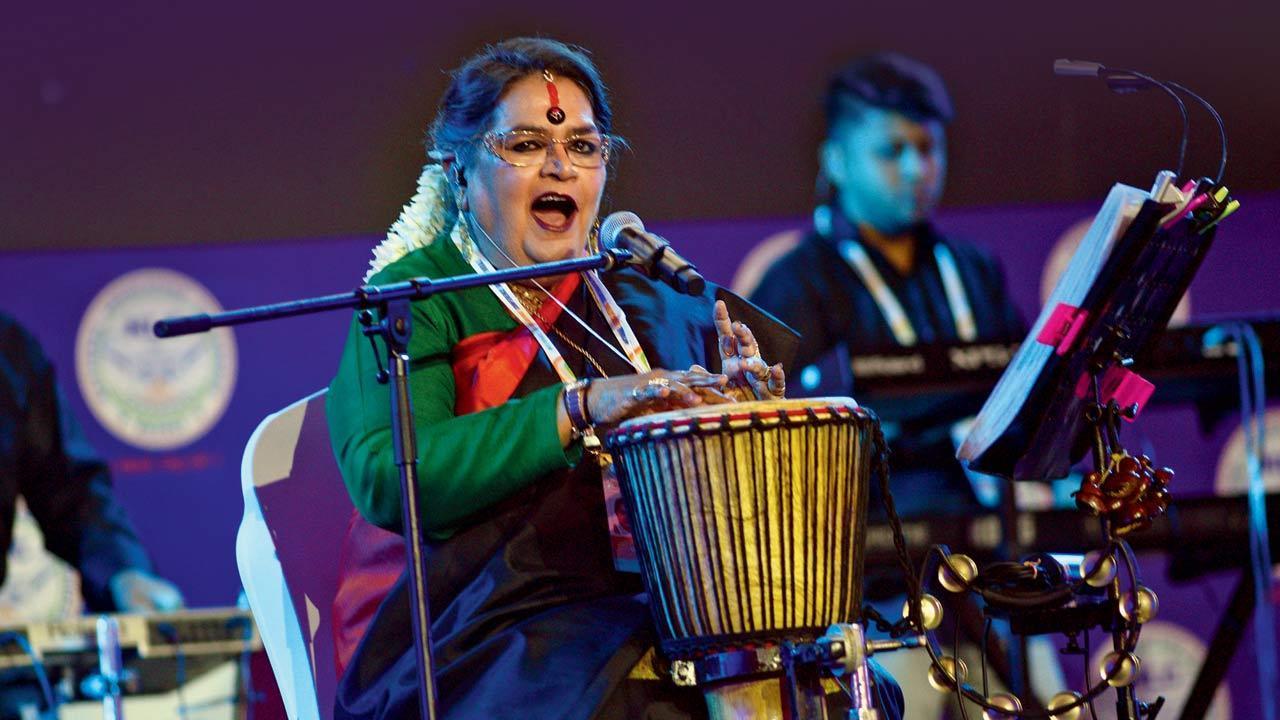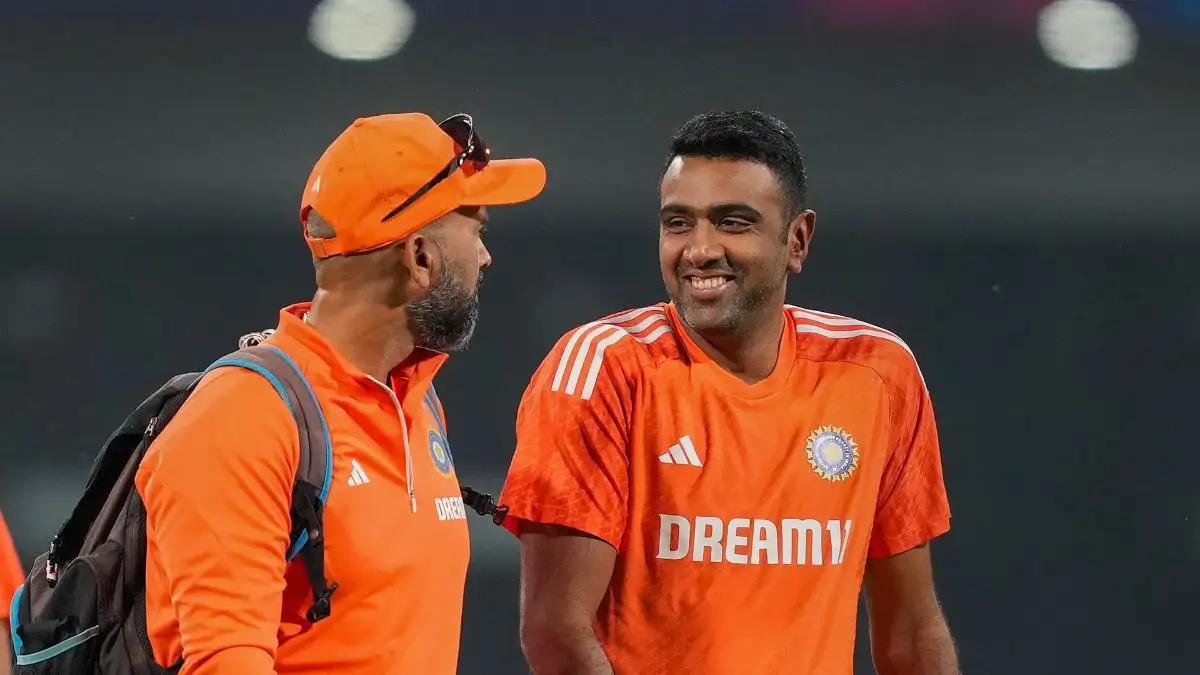
Cricket legend Sunil Gavaskar has urged the Board of Control for Cricket in India (BCCI) to consider raising the match fees for the Ranji Trophy, paralleling the ‘Test Cricket Incentive Scheme’ recently introduced by the board. Gavaskar’s comments came during the quarter-century celebrations of his Foundation ‘CHAMPS’ and underline the importance of bolstering the financial allure of India’s domestic cricket, particularly its red-ball form, to sustain and grow its talent pool.
The Board’s initiative to incentivize Test cricket has been applauded by many in the cricketing fraternity, including former Indian captain and current NCA head Rahul Dravid, who prefers to call it a ‘reward’. Gavaskar, consistently an advocate for Test cricket, believes the Ranji Trophy also deserves similar priority and support, being the primary supplier of talent for the national Test squad.
According to the Little Master, a significant increase in the match fee could prove decisive in dissuading players from opting out of the domestic circuit. “If the Ranji Trophy fees can be doubled or tripled, there’ll be a lot more people playing the Ranji Trophy, a lot fewer pull-outs, because if the fees of playing a Ranji Trophy match is a good fee there will be fewer people pulling out for various reasons,” he stated, emphasising the financial aspect that might incentivize players to commit to the longest format at the domestic level.
Gavaskar also addressed the physical demands on players participating in the Ranji Trophy, siding with Indian pace bowler Shardul Thakur’s standpoint for increased rest days between matches. Given the length of the tournament and the intensity of back-to-back games, Gavaskar recommended a reorganization of the domestic cricket calendar. He proposed that the Ranji Trophy be scheduled from October to mid-December, followed by white-ball tournaments, ensuring maximum availability of players barring those on national duty.
This restructuring would also benefit players with Indian Premier League (IPL) contracts, who will have ample time for preparation ahead of the T20 extravaganza. Gavaskar’s insight extended to the importance of using the window post the Ranji Trophy for those ‘IPL-bound’ to sharpen their skills in white-ball cricket.
While the maestro’s foundation celebrated a milestone, the conversation was deeply rooted in the future of Indian cricket. Gavaskar’s legacy as a cricketer is indisputable, but his role as a thought leader and visionary in the game endures. Beyond financial incentives, his proposal mirrors a broader consensus for systemic change, one that embodies foresight for player welfare and strategic scheduling that optimally balances the demands of modern-day cricket.
Pull-outs from domestic tournaments can hamper the progression and visibility of players, and by ensuring the Ranji Trophy remains attractive – both competitively and financially – the BCCI would be securing a robust pipeline for its Test team. Gavaskar’s gentle nudge to the board is a clarion call for nurturing the foundational strength of Indian cricket – its competitive and vibrant domestic scene.
Though the BCCI has yet to respond to Gavaskar’s suggestions publicly, the significance of the former skipper’s words will likely resonate with the authorities responsible for shaping the future of the sport in the country. As India continues to assert its dominance in world cricket, bolstering the Ranji Trophy with proper incentives might prove essential in sustaining that success across formats, particularly the venerable institution of Test cricket.










